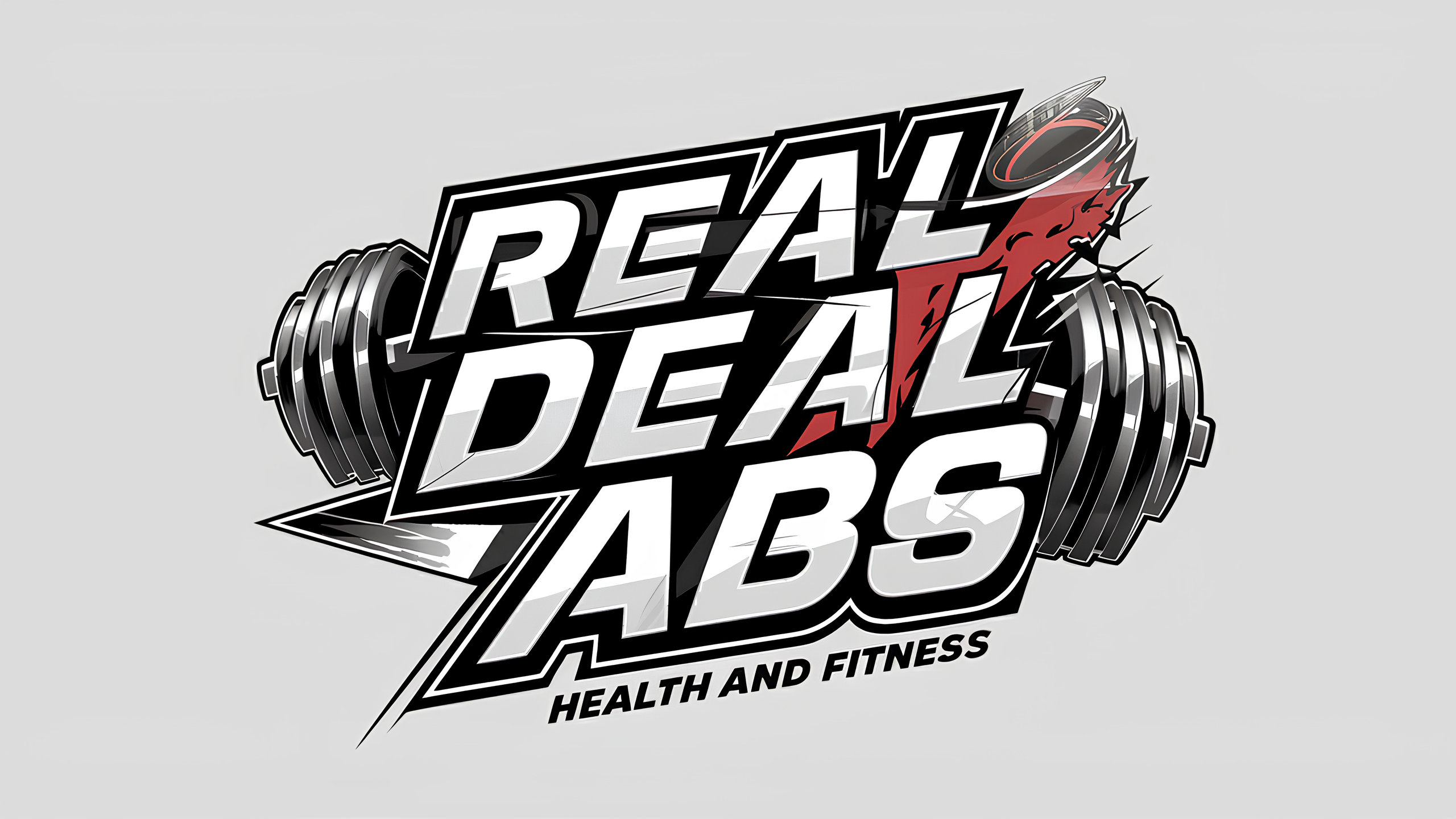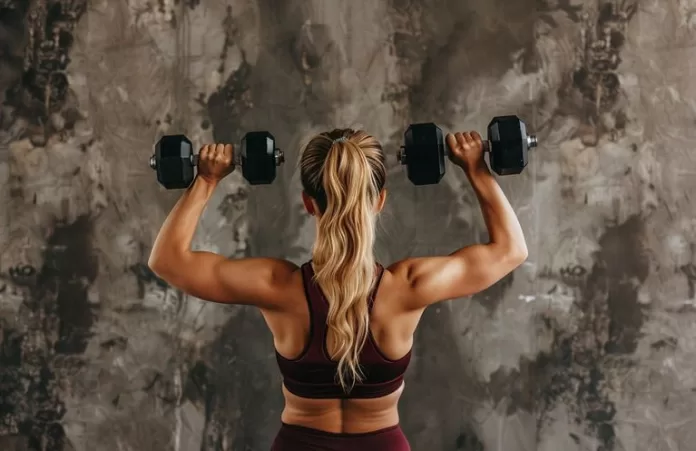Mastering the Art of the Barbell Biceps Curl: A Complete Tutorial
The barbell biceps curl is not just an exercise; it’s a rite of passage in the weight room. Its legacy remains robust today, mirroring the esteemed regard it held in the golden era of bodybuilding greats like Arnold Schwarzenegger and Lou Ferrigno.
Despite its timeless appeal, the barbell biceps curl isn’t necessarily a starting point for novices. Men’s Health Fitness Director Ebenezer Samuel, C.S.C.S., suggests that before tackling the barbell, beginners should familiarize themselves with the biceps’ basic mechanics through alternative exercises.
“Approach the barbell curl as a progression,” Samuel recommends. “Begin with dumbbell and EZ-bar curls to build a foundation of strength and technique. It’s a potent exercise to inaugurate a biceps-focused workout once you’ve established control and form.”
Who Is Ready for Barbell Biceps Curls
Barbell biceps curls are universally applicable and suitable for athletes, dedicated lifters, and casual gym-goers. However, Samuel cautions that this exercise may not suit those fresh on their fitness journey. Beginners could find more value and safety in starting with lighter, joint-friendly equipment like dumbbells or an EZ-bar. These tools allow for a forgiving introduction to arm training, enabling learners to focus on the essential techniques, like achieving a proper muscle contraction with each rep.

Barbell Biceps Curls’ Unique Benefits
Once the fundamentals are mastered, integrating barbell curls into your routine can substantially escalate your arm training. The barbell accommodates a more significant load than other biceps exercises, a key factor for muscle development.
A distinctive feature of the barbell curl is the ‘supination force’ it introduces. Unlike the rotational freedom of dumbbells, a barbell’s fixed-grip compels you to generate extra torsional force, leading to an intense biceps contraction and a potent forearm workout.
Preparing for the Perfect Barbell Biceps Curl
A triumphant barbell biceps curl hinges on a precise setup. Fundamental to exceptional form are the shoulder blades’ engagement, the core’s bracing, and the torso’s stabilization. The straight bar affords various gripping options. Still, a grip that mirrors shoulder width is recommended for efficient force distribution and mitigated wrist tension.
The Anatomy of a Barbell Biceps Curl
- Stand poised with your feet planted at shoulder width, holding the barbell with hands equally spaced.
- Activate your glutes, core, and shoulder blades to establish a solid full-body tension. Lift the weight smoothly, initiating movement exclusively at the elbows.
- At the top, enforce a peak contraction, then carefully guide the weight down to the starting position.

Common Errors and Corrective Measures
- Resist the urge to lean backward excessively. This tendency, especially under more substantial weights or when tired, leads to a compromised form that can detract from the intended muscle work.
- Maintain your elbows in a fixed position. As the weight escalates, there’s a temptation to allow the elbows to move forward, which detracts from the biceps’ tension. Envision your upper arms as fixed against your torso to maintain focus on the biceps.
Seamlessly Integrating Barbell Biceps Curls into Your Regimen
For those beginning their strength training journey, foundational exercises using EZ-bars and dumbbells are recommended. These exercises pave the way for a seamless transition to barbell curls.
Once adept with the fundamental movements, the barbell biceps curl can be confidently added to your arm workout. Being a compound lift utilizing heavier weights, it’s best suited at the onset of your training. Three sets of eight to ten repetitions are typically recommended, adjusting the volume to preserve strict form.




